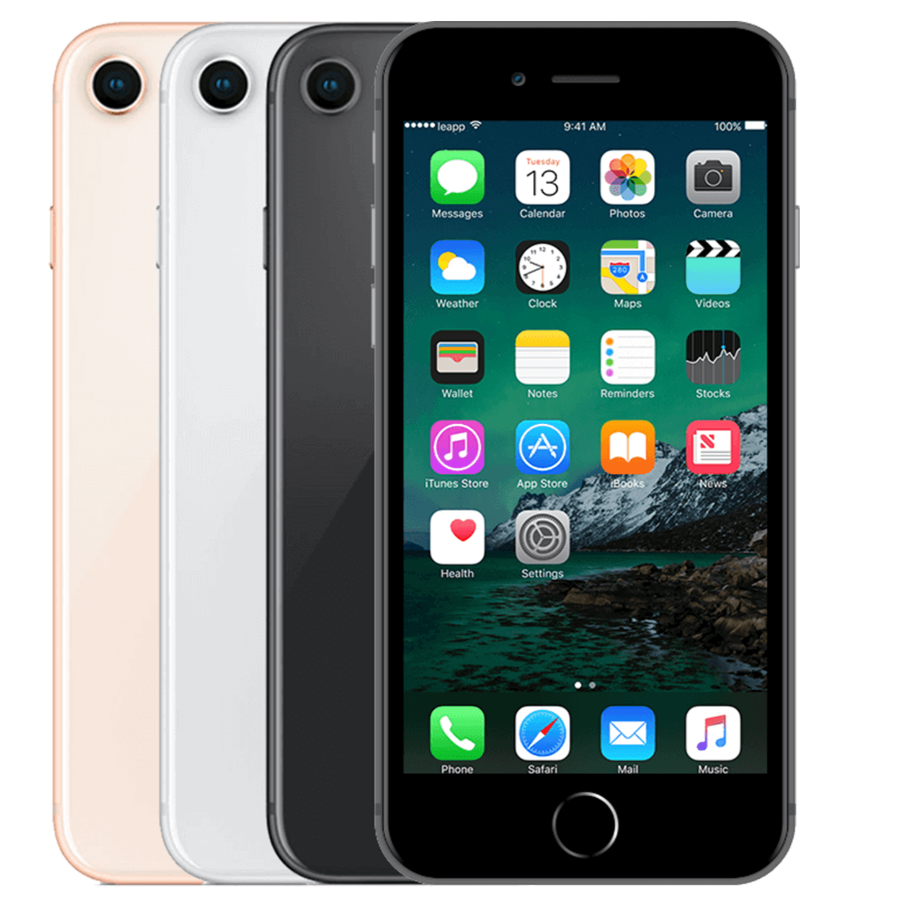Face ID vs. Touch ID: Security or Convenience?
Face ID or Touch ID. Your new iPhone forces you to choose. Some swear by fingerprints, others blindly trust facial recognition. Apple claims that Face ID is more secure. There's a one-in-a-million chance that someone else will unlock your phone, compared to one in fifty thousand with Touch ID. Sounds reassuring.
But safer doesn't necessarily mean better. Your face can be secretly scanned without you even realizing it. Wearing a face mask or sunglasses? Face ID won't recognize you. Wearing gloves in the winter? Touch ID won't do anything. And that super-secure face scan? It only works if you're holding your iPad perfectly upright.
The truth is more nuanced than the marketing hype would have you believe. Both systems have blind spots that no one tells you about. Which one is truly right for you? That depends on factors other than just safety ratings.
Useful links
- Refurbished iPhone collection - discover models with Face ID or Touch ID
- Refurbished iPad collection - tablets with different unlocking methods
- Apple accessories - cases and screen protectors for extra protection
The technology behind facial and fingerprint recognition
Face ID uses the TrueDepth camera, which projects more than 30,000 invisible infrared dots onto your face. These dots create a detailed depth map that is converted into a mathematical representation. The system stores this encrypted information in the Secure Enclave, a secure chip on your device. With each scan, the system compares the new data with the stored information.
Touch ID uses capacitive technology. The sensor in the home button creates a high-quality image of your fingerprint by measuring tiny electrical currents. These measurements record the unique ridges and grooves of your finger. Just like with facial recognition, this biometric data is stored encrypted and never shared with Apple or other apps.
Practical differences in daily use
The user experience differs significantly between the two methods. With Face ID, you simply look at your screen while swiping up. The device unlocks almost instantly, without you having to touch anything. This method even works in the dark thanks to infrared technology.
Touch ID requires physical contact with the sensor. Simply place your finger on the home button, and within a fraction of a second, your device is unlocked. The advantage? You can do this without looking at the screen, which is handy when your phone is lying flat on a table.
When which system works better
In winter, gloves are a stumbling block for Touch ID. The sensor can't read your fingerprint through the fabric. Face ID isn't affected by this, unless your face is largely covered by a scarf or ski goggles. During the coronavirus pandemic, many users experienced issues with facial recognition through face masks. Apple later resolved this with an update that enables face mask recognition.
At the beach or pool, Touch ID struggles with wet fingers. The sensor doesn't work reliably when your hands are damp. Face ID works perfectly, even with a wet face. However, you do need to be careful with sunglasses: some models block infrared rays, preventing the system from recognizing you.
Safety under scrutiny
The numbers don't lie: Face ID offers statistically better security. The chance of a random person unlocking your device is one in a million with facial recognition, compared to one in fifty thousand with fingerprints. This difference is due to the number of data points. Your face simply offers more unique characteristics than a fingerprint.
However, more secure doesn't always mean more practical. Face ID requires you to actively look at your screen with your eyes open. This prevents someone from unlocking your phone while you sleep. With Touch ID, someone could theoretically use your finger without you noticing, for example, while you sleep.
Vulnerabilities and limitations
Both systems have weaknesses. Face ID can be confused by identical twins or very young children who resemble their parents. The technology does learn, however: it adapts to small changes in your appearance, such as growing a beard or a new pair of glasses.
Touch ID may experience problems with damaged fingers or scars. Skin aging can also affect recognition. People in certain professions where fingertips are often damaged, such as construction workers or guitarists, sometimes experience difficulties.
Multiple users and accessibility
For families or couples sharing a device, Touch ID offers more flexibility. You can register up to five different fingerprints. These can belong to different people, or multiple of your own. This is handy if you sometimes use your left hand and sometimes your right.
Face ID is limited to two faces via the "alternate appearance" feature. Originally intended for drastic changes to your own appearance, many people use it for a partner or family member. The downside: you can't see which face has accessed and when.
The future of biometric security
Apple is rumored to be working on new authentication methods. Under-display fingerprint scanners, like those found on Android devices, could make a comeback with Touch ID on modern iPhones without a home button. There's also speculation about a combination of both systems for added security during sensitive transactions.
Development never stands still. Face ID gets faster and more accurate with every generation. The latest versions recognize your face from more angles and work better with accessories like glasses and headwear.
Which choice suits your situation?
The decision between Face ID and Touch ID depends on your personal preferences and usage patterns. Do you often work with gloves? Then facial recognition is more practical. Do you regularly share your device with family members? Touch ID offers more possibilities.
For those seeking maximum security, Face ID wins on paper. The technology is more advanced and harder to spoof. But remember that both systems are far more secure than a simple PIN code. The choice between the two is primarily a matter of personal preference and practical considerations.
Ultimately, both technologies are reliable ways to secure your Apple device. Whether you choose the tried-and-true fingerprint scanner or modern facial recognition, your privacy and data are in good hands.
What suits you best?
Face ID and Touch ID both have their strengths. Facial recognition offers better security, with a one-in-a-million chance of someone else gaining access. Fingerprints are more practical when you want to add multiple users or unlock your phone flat on a table.
Ultimately, it doesn't matter which technology is in your refurbished iPhone . Both systems offer excellent data protection, and the choice is primarily based on what you find most convenient for your daily life.






























